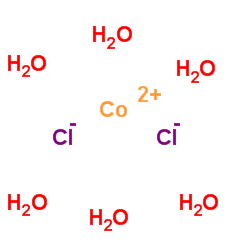| Structure | Name/CAS No. | Articles |
|---|---|---|
 |
sodium chloride
CAS:7647-14-5 |
|
 |
Cobalt(II)chloridehexahydrate
CAS:7791-13-1 |
|
 |
L-Glutamine
CAS:56-85-9 |
|
 |
SODIUM CHLORIDE-35 CL
CAS:20510-55-8 |
|
 |
o-phospho-l-tyrosine
CAS:21820-51-9 |